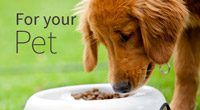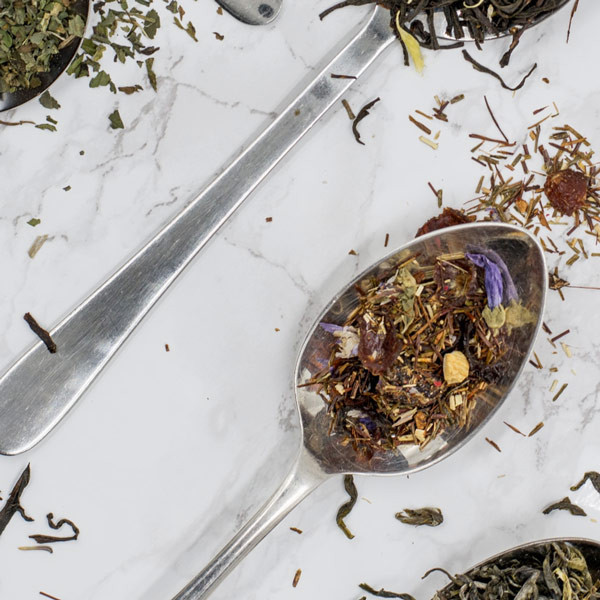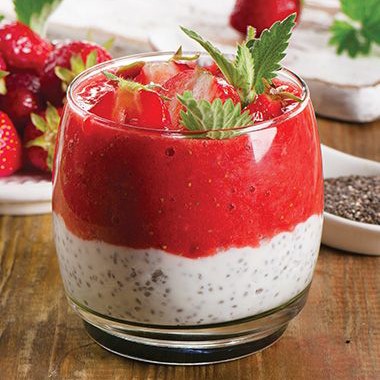The latest jaw-dropping revelations on the gut’s role in our health and wellbeing seem to roll in every few weeks or so. One such revelation is the role fibre plays in our gut health. Fibre is found in those parts of cereals, vegetables, beans, lentils and fruits that are indigestible. While it plays a vital role in digestion as it passes through the gut, fibre also has another fundamental role to play. It feeds the “good” bacteria in our gut. This has only come to light in recent decades.
Trillions of bacteria reside in our gut, resembling a war zone, with each species attempting to outdo the others. Some are “good” and assist in positive health and wellbeing outcomes, while others have the opposite effect. Getting the right balance is crucial. So-called beneficial bacteria feed on fibre. The more in our diet, the more they proliferate and dominate. Conversely, a diet high in processed food, for example, will feed bad bacteria. This may make us sicker, according to studies (2). So, we can see the benefits of fibre as a “prebiotic” is as important as our intake of probiotics.
Reputable studies now link imbalances in the gut microbiome to a range of health conditions, both physical and mental. Not only have these studies given us an insight into the vital role gut bacteria plays, it highlights the importance of fibre in feeding these good bacteria.
Most of us think we eat healthy, balanced diets but do we really? Cancer Council Australia recommends we eat the following to ensure our fibre intake is adequate:
- At least four serves of wholegrain or wholemeal foods every day (or ensure about half of our daily serves of bread and cereal are wholegrain or wholemeal varieties).
- At least two serves of fruit daily.
- Five serves of vegetables daily including legumes.
- Wholefoods rather than dietary fibre supplements (1).
It is estimated that most Australians don’t eat the recommended amount of fibre. With that in mind, how do we go about getting more in our diet? Here are a few ideas to get you started.
Don’t skip breakfast!
We’ve all heard the saying that breakfast is the most important meal of the day. However, what we eat for breakfast also feeds the good bacteria in our gut and has a positive effect on our health and wellbeing. Look after our friends and use breakfast as the starting point for feeding the right gut bugs. Try starting the day with high fibre options such as wholegrain toast, a big bowl of porridge topped with stewed apples, honey and a pinch of cinnamon, or try this delicious Quinoa and Fruit Breakfast Salad.
Hold the fast food
As mentioned, too much fast food in our diet has the opposite effect on our health. Studies show it can make us quite sick. Science now says this is because highly processed foods feed the wrong type of gut bugs — those that cause illness (3). Try to look at fast foods as an occasional treat rather than a regular part of your diet.
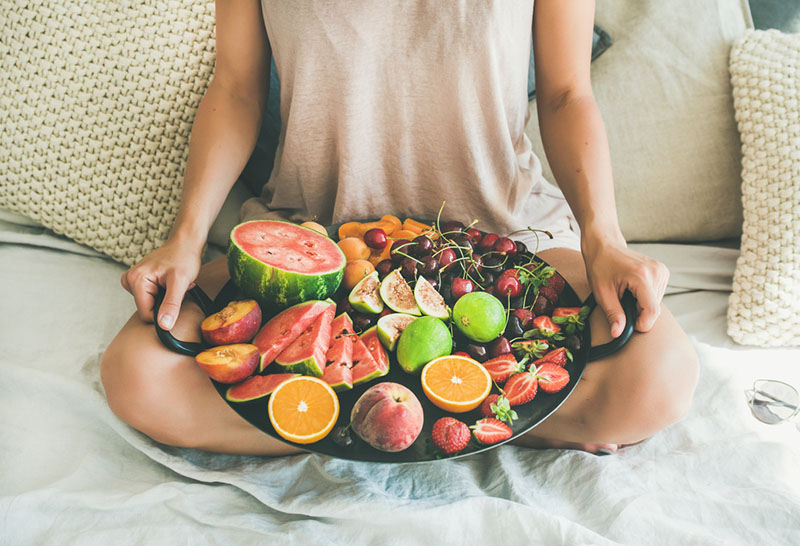
Eat more fruit and veg
Nutritionists recommend we eat five serves of vegetables and two serves of fruit per day. While this may sound excessive, our bodies need this level of nutrients and fibre to help function at optimum level. Your good gut bacteria will also thank you for upping the fruit and veg content of your diet, as they will get the food they need to grow, multiply, and dominate.
Be a bread convert
The more wholegrain in your bread the more fibre it contains and the more it will act as a prebiotic. If you want to make one move towards better health for you and your family, change from white, highly-processed bread to a healthy wholegrain variety. Check the label to see how much fibre it contains and try to limit the sugar where you can.
Try a food prep day
One great way to introduce more fibre into your family’s diet is to set aside a food preparation day. Search the Internet for fibre-rich recipes and get baking. Foods such as muesli bars and cereals are a great place to start. You can keep these on hand for snacks or a quick breakfast during the week.
Make your own hummus
One of the most ancient and revered foods, hummus has been a staple of Middle Eastern cuisine for thousands of years. Made from pulped chickpeas, tahini sauce, lemon and oil, the spread/dip is not only delicious, nutritious, and filling but rich in fibre. Rather than buying hummus, why not make it yourself? It’s quick, easy, and if you add it to your food prep day, you’ll have a ready supply in the fridge throughout the week.
My mother-in-law’s hummus is legendary. So, with her permission, I’ve added her recipe below for you to try.
Traditional hummus
- Soak 2 cups dried chickpeas in water for 24 hours, until soft. (If using canned chickpeas, skip this step.)
- Drain and rinse.
- Boil in fresh water until soft and mushy.
- Drain but keep excess liquid for later use.
- Place in the food processor with: 3 to 4 cloves of garlic, a dash of lemon juice and a pinch of salt and 3 tablespoons of tahini (sesame) paste.
- Mix until the paste becomes something between thick and thin. If too thick, add a little of the reserved liquid to thin out if necessary.
- When fully mixed, transfer to a large, flat serving dish. Top with a good quality olive oil, then sprinkle with sweet paprika. Serve with slices of avocado for that added touch!
Voila! Mum’s easy, authentic and nutritious hummus recipe.
Don’t forget this advice is not from a qualified nutritionist and we recommend you always contact your health or nutrition professional for advice before radically changing your diet. Ask them to help you formulate a plan for weight loss and healthier eating.
Do you have any tips for getting more fibre in your diet? Please share them with us, we’d love to hear them.
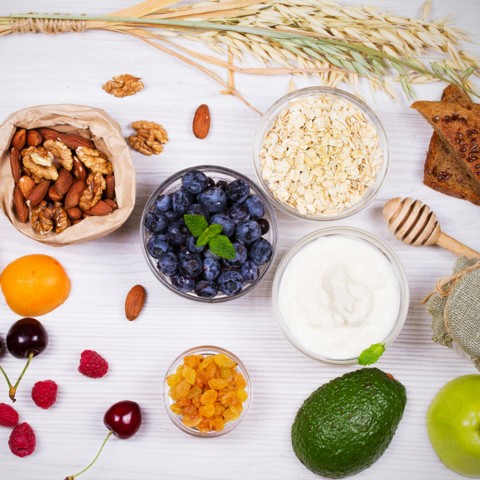
Love Health?
From recipes, trends and discounts, expect great things via email this month.
More Great Reads!
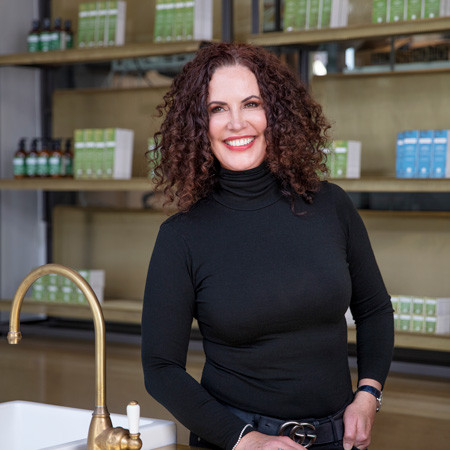
Behind The Brand: Antipodes
Recipes We Love!
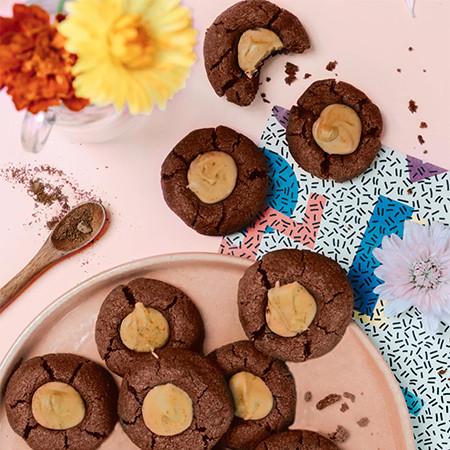
Clever Cookies



